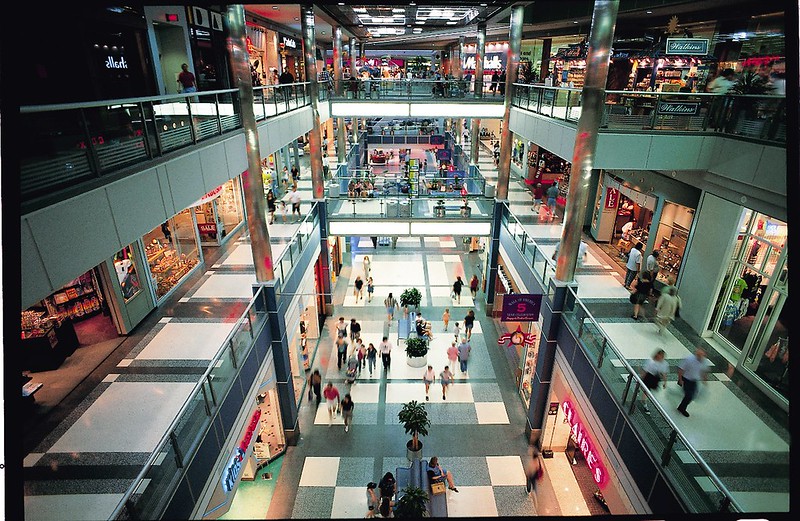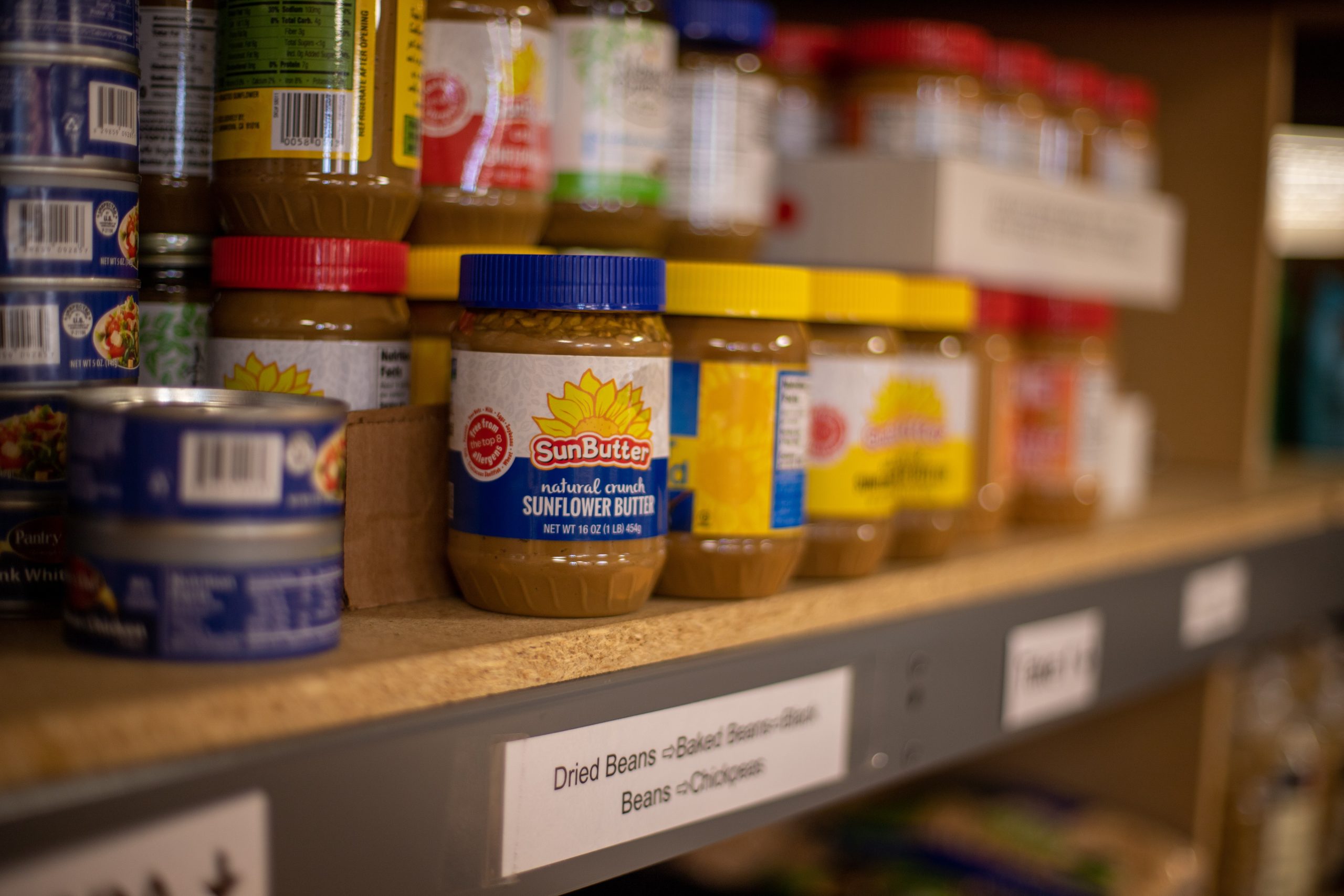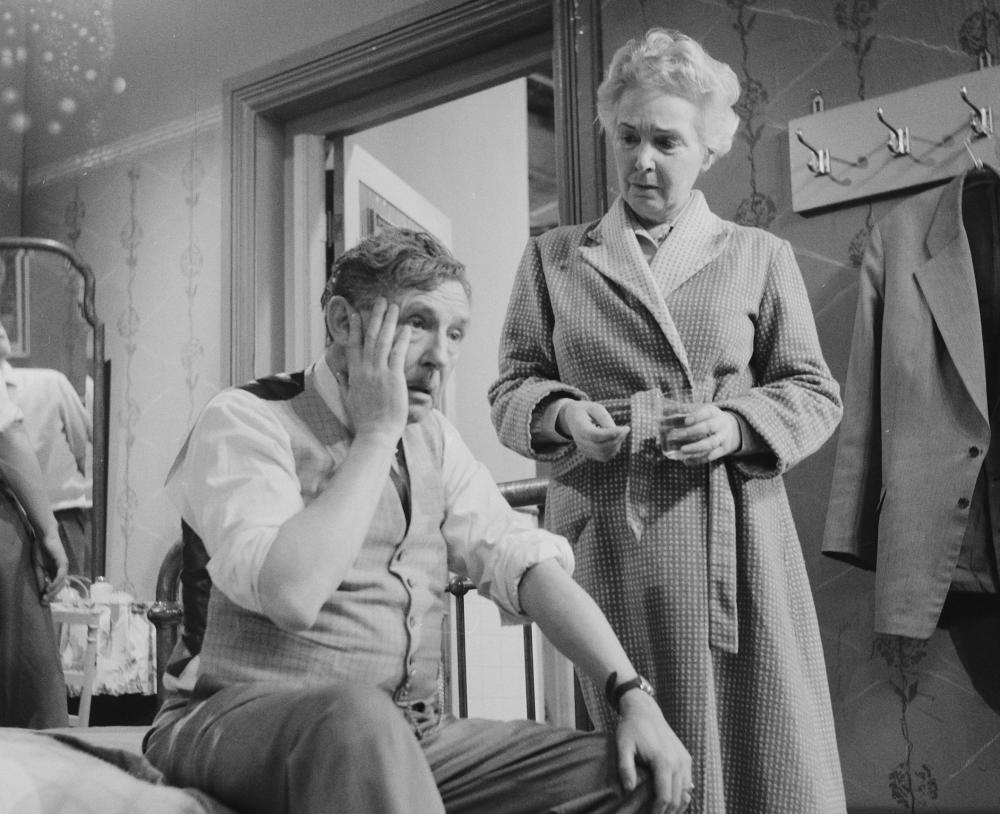Interviews
The Last Days of a Dying Mall in Upstate New York
Karin Lin-Greenberg’s novel "You Are Here" paints a portrait of suburban decay and lost dreams

Karin Lin-Greenberg’s novel You Are Here places a dying mall in upstate New York at its center; its diverse cast of characters swirl in and around and through the mall, wrapped up in their various issues. Rotating between five different voices, this debut is an acute portrait of contemporary suburban America. At first glance, the characters’ lives and hopes seem mundane: Tina, the mall’s hair stylist, watches YouTube art tutorials on the side. Her young son, Jackson, dreams of being a famous magician. Jackson enlists Maria, a teenage cashier at the mall, to help him with his magic routines—while Maria harbors hopes of her own to become an actress. Across the mall, Kevin is dragging out his English PhD dissertation as he works at a bookshop. Ro, Kevin’s judgmental neighbor, has been going for a mall walk and getting her hair cut by Tina for years.
But with Lin-Greenberg’s in-depth character development, You Are Here shows both the unexpected connections between strangers and the unshakeable assumptions we have about one another. Lin-Greenberg mines the spectacular within everyday life, whether that is a moment of public violence or intense beauty. Similarly, she highlights how mall culture functions simultaneously as a dying part of suburbia, a symbol of lost dreams, and—perhaps surprisingly—a form of controlled community.
I chatted with Karin Lin-Greenberg about suburbia culture, the uniquely American phenomenon of desensitizing gun violence, and (on a lighter note) her favorite mall food.
Jaeyeon Yoo: I’m curious what drew you to write about malls, and what you think they depict about today’s United States.
Karin Lin-Greenberg: Obviously, the dying malls tell us a lot about commerce, about where we’re shopping. But also, malls—when I was growing up—were a place where people would go hang out, especially high school kids. I pay attention to my local mall, and it seems to be much less a place for shopping than a place you go to for entertainment. There are now these two escape rooms, indoor mini golf, an entertainment center where you could go on rides, movie theater—that seems to be what people are going to this space for, instead of for shopping. I think this is an interesting shift; maybe it just has to do with the pandemic, but as a writer, I was particularly drawn to the space.
I think it’s interesting to take people who would not run into each other in their everyday lives, then put them in a space where they’re forced to interact. A character like Ro, who would never really interact with people like Tina and Jackson in real life, comes to Tina’s salon for service and then realizes, “Oh, I really like these people. I feel really connected to somebody that I’m just coming to for haircuts from, but I wish I could have a deeper relationship with.” I think the mall is a sort of a place that puts together people who are not related, who might not otherwise encounter each other, and then sees what happens.
JY: I love that idea of forced interaction you highlighted. Do you think the malls becoming these places of entertainment would change the type of attractions that these characters have?
The mall is a place that puts together people who are not related, who might not otherwise encounter each other.
KLG: I think so, because you would go with your friends or your family, whether it’s the escape room or mini golf. I don’t think we would now necessarily go to [the mall to] meet people. You’re going to have less of those random encounters with people that are just there—because when you go somewhere with people you know, you’re focused on the people that you’re there with.
JY: Right, and it reflects American cultural life right now—everyone’s been talking about how we’re getting more and more into our bubbles, these political echo chambers. Speaking of America, your exploration of the dying mall was threaded through with gun violence, which I think is also deeply integral to U.S. society today. Could you talk a bit more about your decisions to intertwine these topics?
KLG: The gun culture question came from real life. As I was writing, there was a shooting at the local mall. The mall is so ordinary and it seems so sanitized and so—just nothing, you know? It just seems like a place you can go buy sneakers and eat your French fries in the food court. The shooting was just shocking and unexpected, but then, as you now think about it, it’s not. These public spaces that we think of as part of our everyday lives have been invaded by violence. When I was growing up, it would have never even crossed my mind that anything like this could happen at a mall—the mall was just where you went to hang out. But I remember some of my students were at the mall, at the shooting, and told me, “I can’t do my work right now. I was here for this, and it was the most frightening thing in my life.” This [type of violence] can creep into the most ordinary situations and you have to be aware of it now. I think about the last year—a supermarket, or these places you go to get the things that you need to live have been invaded in this way. From when I was writing the first draft in 2018, it’s just getting worse and worse.
JY: I’m struck by how you were drawn to the mall as a site of extreme mundanity, but simultaneously the site of very extreme violence—the violence of shootings itself has become ordinary. Which is something pretty uniquely American, I would say.
KLG: Right, schools too. Again, when I was growing up, I would have never thought that there could be a mass shooting in a school. That just wasn’t within my frame of reference. And now, kids are going through these drills, and it’s something that, unfortunately, a lot of kids have experienced or been close to in some way. These public places that you would have never had to think twice about in the past. Now anytime there’s a big group gathering anywhere in these public places—ones you would have never had to think twice about in the past—I think a thought flashes through a lot of people’s minds, “What could possibly happen here?”
JY: This question resonates nicely with your title, You Are Here. What led you to it?
You Are Here is a story about characters who don’t really understand how to connect. They keep making these mistakes that keep them apart from people, keep them lonely.
KLG: I have to say I can’t take credit for it; my agent came up with it. My original title was Those Days at the Mall, which is a character’s line in the very last chapter. Obviously, the mall map says “You Are Here.” But it’s also so much about place and where people spend their time. So, the question behind the title was thinking about where we spend our days.
JY: In contrast to the present moment we’ve been discussing, what did the mall mean to you as a teenager?
KLG: When I was a teenager, the thing that was really exciting to me about the mall was that it was a place to drive for. I grew up in New Jersey. Malls have huge parking lots, and when you’re bad at driving and parking, you can park at the top of the parking complex far away from other people. I was able to drive myself, park the car—my mom’s car—and not worry about coming home with a dent in the door. It was a place to walk around. I didn’t buy things, usually, but it was just a place to go to.
JY: The thrill of having a destination!
KLG: Right, and being able to drive yourself without an adult. This was suburbia, before Uber or Lyft. That was the most exciting thing.
JY: Most cultural depictions of malls I’ve seen focus on teenagers (usually as consumers), so I appreciated how You Are Here tackled what the mall means for a variety of people—the workers, the lurkers, and everyone in between. How did you decide on the polyphonic narration style?
KLG: I was very interested in showing people who are all different from one another, so I sat down and brainstormed a bunch of different people, who might be working at the mall or go to the mall. I wanted these people to be those whose lives would not otherwise intersect with one another. I also thought about conflict and tension; I have these characters who are extremely set in their ways and believe one thing so strongly. When you put them in scenes with each other, you can see what might happen. It’s also about questioning: are they going to stay static, or is there room for growth? If there is room, how much would feel realistic? With the multiple narrators, I enjoyed being able to get into each of their perspectives. A character might seem a certain way and be really frustrating in one chapter, when viewed through someone else’s thought process. In a later chapter, you might get their own thought process—they might still be frustrating, but you could at least understand why they believe the things that they believe.
JY: I feel like the form of the book plays out the mall’s forced interaction you were talking about, because we’re forced to interact with the characters’ thoughts—whether we want to engage or not from their perspective. Sometimes, the interactions lead to these glimmering connections in You Are Here; could you talk more about these relationships that surface?
KLG: This is a story, I hope, that makes people think a little bit more about their daily interactions. In real life, we don’t set out to find the people we encounter, but they affect us in some way. I think we generally want to connect, but it’s just hard to do that. I think You Are Here is a story about characters who, for the most part, don’t really understand how to connect. They keep making these mistakes that keep them apart from people, keep them lonely. But sometimes, random encounters can be incredibly positive—even if they’re really small or significant to just one person. For example, one character, Ro, has this intense connection with Maria [another character, a cashier]. This is the first time Ro has ever put money in a tip jar. But for Maria, it’s just ordinary chatting, the way she would talk to any other customer. It was interesting to explore connections that are potentially one-sided, or connections that emerge because they’ve gone through the same traumatic event. It was fun to be in each of their minds, so that we could see how something that meant a lot to somebody might not, to another character. I was thinking about the different ways that characters could connect, but also about different ways of disconnection.
JY: Yes, as your book demonstrates, “intimate” interactions can be uneven but still feel real. Before we end: do you have a favorite mall food? Mine are pretzels, hands down.
KLG: I don’t know if this is true, but I’ve heard they blow the scent of the pretzels out into the mall. There’s some fan—this is probably not true and is an internet legend—but they have pretzel-scented spray to blow out. I would say the pretzel is also the thing I would buy at the mall. You can walk around eating it! That, combined with the smell of Cinnabon, are “classic mall” for me.
JY: Exactly. It’s funny, we think of malls as being very ordinary—and they are—but they’re also sources of urban legends and intense collective memory for many Americans.
KLG: Yes, most people have a mall story!









